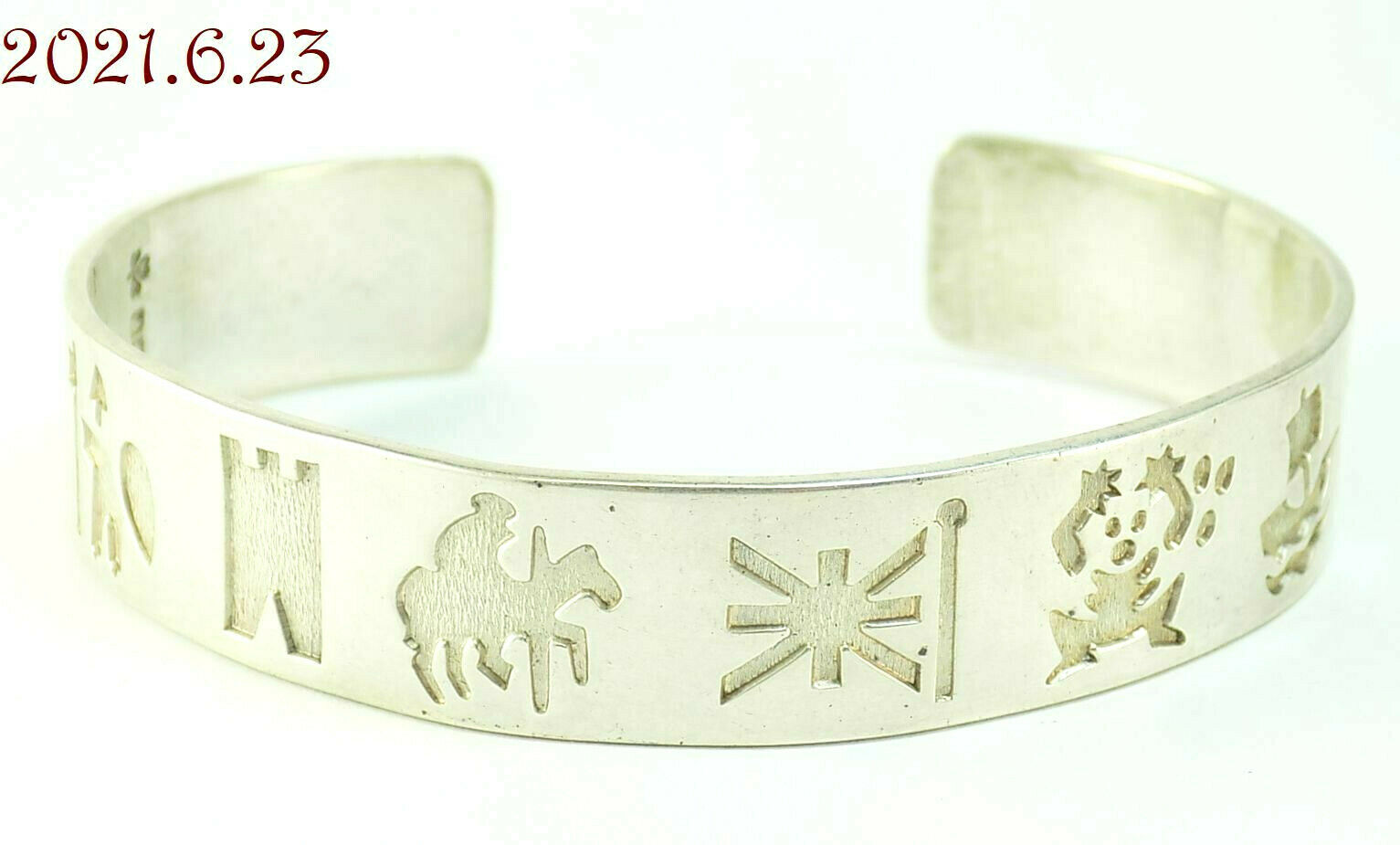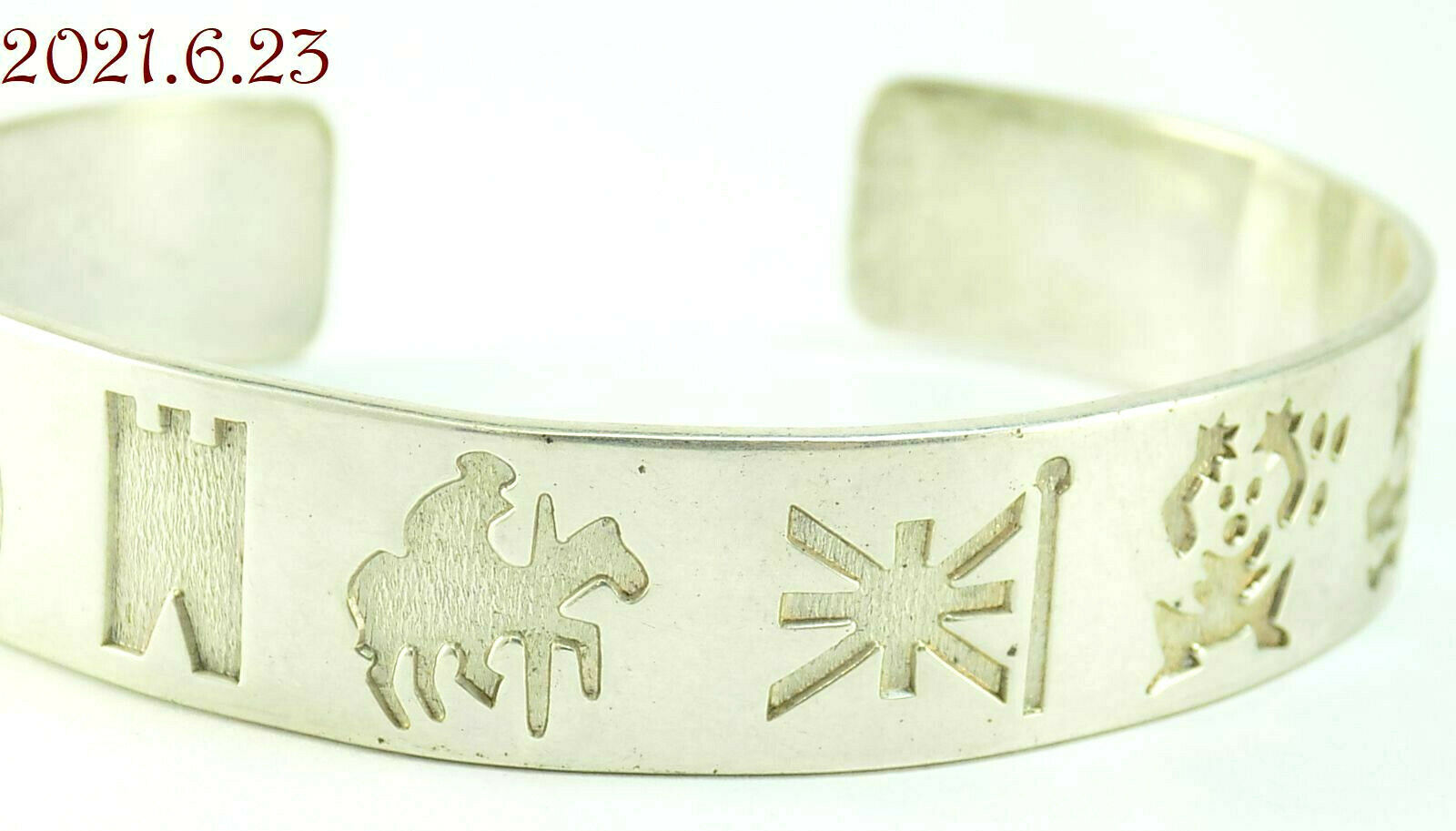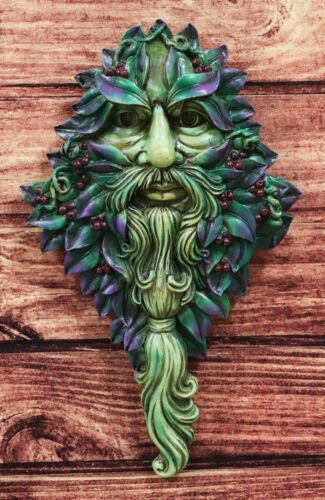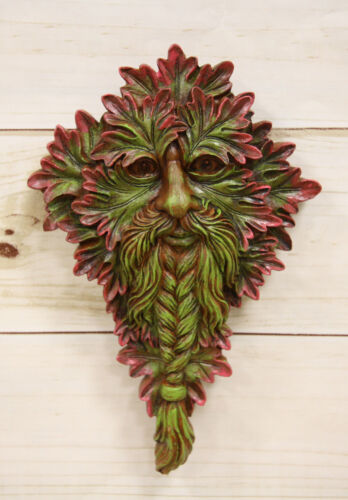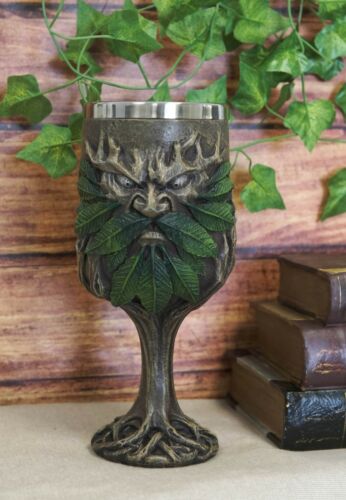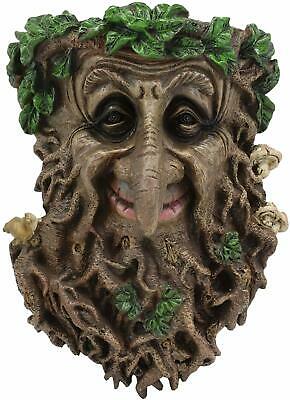-40%
ORIGINAL 1970s DESIGN History of Ireland Sterling Silver 925 Cuff Torc Bracelet
$ 73.91
- Description
- Size Guide
Description
This Torc cuff/bangle is one of the original pieces designed by Michael Hilliar, of Dublin, Ireland.Michael is a very talented and skilled craftsman and his efforts won him awards for this superb and creative design.
There are 12 Irish symbols in total.
Each symbol represents a stage in our history and heritage.
The story begins with the arrival of St Patrick in Ireland and ends with the question mark to symbolize the unknown future.
The bangle is open ended and forms the famous 'Torc' shape which is immediately recognized as an Irish emblem.
It is hardly surprising why so many Irish people love and wear this piece of jewelry.
Beautifully made, solid in structure with a high gloss finish that make the symbols stand out. The beauty of this bangle is that it is Unisex.
A perfect gift for the person who is interested in Irish history and appreciates stunning workmanship at its finest.
The History of Ireland collection comprises of 12 different icons on each piece of jewelry depicting era’s of Ireland’s History.
The icons are (starting left to right on the cuff)
St Patrick
Ireland's patron saint, changed the course of Irish history early in the 5th Century when he began his mission of converting Ireland to Christian religion.
Round Tower
From the 6th century on-wards, as the Irish people embraced Christianity, great monastic-centers were established all over the country. Each site centered around a Round Tower.Probably originally intended as bell-towers, they were soon needed for the storage of food and as places of refuge in times of invasion and persecution.
Viking Warrior
From the 9th century the Vikings made repeated attacks around the coast of Ireland. An attempt to gain control of the whole country was defeated by Brian Boru at the battle of Clontarf in 1014 however the Norsemen retained the towns they had established, notably Dublin, Wexford, Waterford, Cork and Limerick.
Norman Soldier
In the 12th century the invaders were Norman, Flemish and Norman-Welsh, and their language and customs were French. Their "over-lord" was the French-speaking Henry Angevin, who had, among his many titles, the important one of Henry II of England. This never became a ‘Norman Conquest’ but was used later as an excuse by the Tudor Monarchs of England in their attempts at conquest.
Dublin Castle
The first Dublin Castle was built on the order of King John ("for the custody of our treasure… for the administration of justice and if need be for the defense of the city") between 1204 and 1224. It became the center of Anglo-Norman, and later, English power, and a symbol that increasingly provoked the hostility of the native Irish. Nowadays it is the scene of important state and international functions.
King William 1690
Protestant King William defeated his father-in-law, Catholic James II at the battle of the Boyne in 1690. In Europe this was seen as an important setback to French King Louis XIV and in England it meant the end of Stuart monarchy. In Ireland the victory assured a Protestant ascendancy which would last for more then two centuries and is the cornerstone of the Irish problem today.
Union Flag
In 1800 the Irish Parliament was abolished and direct rule from London began. All Ireland had benefited from a modest prosperity under Grattan’s Parliament and nobody wanted union. It was forced through bribery on a grand scale, because England feared French invasion through Ireland. The cross of St. Patrick was added to the Union Jack.
Skeleton with potatoes
The potato crops failed repeatedly during the 1840’s causing widespread famine. The London government failed to alleviate the suffering, resulting in great bitterness towards the English nation and the ruling landlord classes. The famine was a watershed for the Irish nation, changing forever its outlook and dispersing a large proportion of the population around the world.
Emigrant Ship
Before the famine the Irish had been reluctant to emigrate, in the decades after the famine Irish emigration figures rose dramatically. Most went to the USA, some to Canada, and the bitterness felt by the Irish in America as well as those left at home had much to do with the subsequent hostile relations between England and Ireland.
G.P.O
The Republic of Ireland was proclaimed from the General Post Office at the start of the Easter Rising, in 1916. The building was almost destroyed by fire and the rising was militarily a failure. The subsequent execution of the leaders of the rising provoked great anger, the Easter Rising thus triggered the War of Independence which eventually brought about the setting up of the modern Irish State.
The Border
By the treaty of 1921, which ended the War of Independence, six of the counties of Ulster were separated from the rest of Ireland and became a province of the UK under the title ‘Northern Ireland.’ The 26 counties became ‘the Irish Free State’ and in 1948 the Irish Free State became ‘THE Republic of Ireland’.
Ireland quo vadis "?"
The question mark now symbolizes the unknown future.
Retail: 5.00
Measures (Inside cuff): 6-3/4" + 1-1/8" gap = 7-7/8" total x just over 1/2" wide
Weight: 38.1 grams
Marked: as shown in images
Metal: Sterling Silver 925
Stones: No Stones
FREE SHIPPING!
I do not clean jewelry before listings, so the new owner may chose to polish their new item when they receive it.
Sterling Silver Jewelry cleaning tip:
Do Not use liquid chemical cleaners on sterling silver.
It damages the metals and the stones.
Please use a soft jewelry polishing cloth.
Please note that I have taken many photos (enlarged to show detail) so please take your time and view them all.
Due to monitor/screen color variations, actual colors may vary from those displayed.
We do not ship outside of the United States of America, sorry.
We Do NOT end Auctions Early
